Home>Gardening & Outdoor>Outdoor Entertaining>How To Build A Fire Pit For Burning Leaves
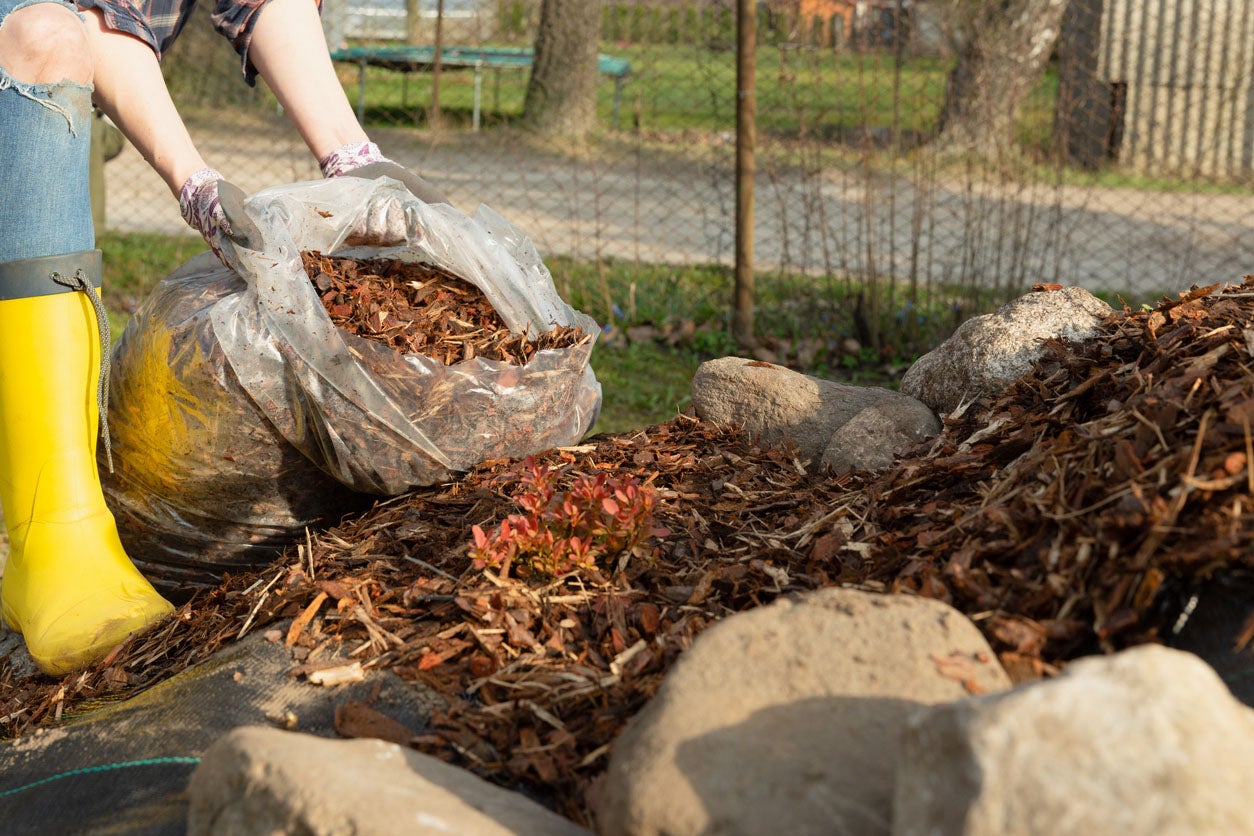

Outdoor Entertaining
How To Build A Fire Pit For Burning Leaves
Modified: March 2, 2024
Learn how to create a stunning outdoor fire pit for burning leaves and enhance your outdoor entertaining space with our step-by-step guide.
(Many of the links in this article redirect to a specific reviewed product. Your purchase of these products through affiliate links helps to generate commission for Storables.com, at no extra cost. Learn more)
Introduction
Welcome to the world of outdoor entertaining! There's nothing quite like gathering around a warm, crackling fire pit on a crisp autumn evening, surrounded by friends and family. If you're looking to create a cozy and inviting atmosphere in your backyard, building a fire pit for burning leaves is an excellent way to do so. Not only does it provide a practical solution for disposing of yard waste, but it also adds a touch of rustic charm to your outdoor space.
In this guide, we'll walk you through the process of building a fire pit specifically designed for burning leaves. From selecting the right location to gathering the necessary materials and tools, we'll cover every step to ensure that you can enjoy a safe and enjoyable leaf-burning experience. Whether you're a seasoned DIY enthusiast or a novice looking to embark on your first outdoor project, this article will equip you with the knowledge and confidence to create a functional and aesthetically pleasing fire pit.
So, grab your work gloves and roll up your sleeves – it's time to unleash your creativity and enhance your outdoor environment with a custom-built fire pit. Let's dive into the exciting world of fire pit construction and discover how you can transform your backyard into a captivating haven for leaf-burning gatherings.
Key Takeaways:
- Building a fire pit for burning leaves requires high-quality materials and careful location selection to ensure safety, functionality, and visual appeal in your outdoor space.
- Prioritizing safety precautions, such as clear surroundings, supervision, and compliance with regulations, is essential for creating a secure and enjoyable environment for leaf-burning activities in your custom-built fire pit.
Read more: How To Burn Wood In A Fire Pit
Materials and Tools
Before you embark on your fire pit construction journey, it’s essential to gather all the necessary materials and tools. Here’s a comprehensive list to ensure that you’re well-prepared for the project:
Materials:
- Concrete retaining wall blocks or fire bricks
- Gravel
- Sand
- Steel ring or metal grate
- Leaves and yard waste for testing the fire pit
Tools:
- Shovel
- Rake
- Tape measure
- Mallet or hammer
- Level
- Protective gloves
- Eye protection
When selecting materials, opt for high-quality, heat-resistant components that can withstand the intense heat generated by burning leaves. Concrete retaining wall blocks or fire bricks are excellent choices for constructing the walls of the fire pit, providing durability and heat retention. Additionally, a sturdy steel ring or metal grate will serve as the foundation for containing the burning leaves, ensuring a safe and controlled environment.
As for tools, a shovel and rake are essential for excavating the fire pit area and leveling the ground. A tape measure will help you accurately determine the dimensions of the pit, while a mallet or hammer will assist in securely positioning the blocks or bricks. It’s crucial to prioritize safety by wearing protective gloves and eye gear throughout the construction process, safeguarding yourself from potential hazards.
By gathering these materials and tools, you’ll set the stage for a smooth and efficient fire pit construction experience. With everything in place, you’re ready to move on to the next exciting phase: choosing the perfect location for your leaf-burning fire pit.
Choosing the Location
When it comes to building a fire pit for burning leaves, selecting the right location is paramount. The placement of your fire pit not only influences the ambiance of your outdoor space but also impacts safety and functionality. Here are some key considerations to keep in mind as you choose the ideal spot for your leaf-burning fire pit:
1. Safety First: Prioritize safety by ensuring that the chosen location is a safe distance away from any structures, overhanging trees, or flammable materials. Keep in mind that the heat generated by the fire pit can pose a hazard to nearby objects, so it’s crucial to maintain adequate clearance.
2. Accessibility: Consider the accessibility of the fire pit area. Choose a location that is easily accessible from your home and other outdoor living spaces, making it convenient for you and your guests to enjoy the warmth and beauty of the fire pit.
3. Wind Patterns: Assess the prevailing wind patterns in your area. Position the fire pit in a location that minimizes the impact of strong winds, ensuring that the flames remain steady and smoke is directed away from gathering areas.
4. Aesthetic Appeal: Take into account the visual impact of the fire pit within your outdoor environment. Whether you’re aiming for a focal point in your backyard or a more secluded setting, the location should complement the overall aesthetic of your outdoor space.
5. Legal and Environmental Regulations: Familiarize yourself with local regulations and ordinances pertaining to open burning. Ensure that you comply with any restrictions or guidelines related to burning leaves in your area, and consider the environmental impact of your fire pit activities.
By carefully evaluating these factors, you can pinpoint the perfect location for your leaf-burning fire pit. Once you’ve identified the optimal spot, it’s time to roll up your sleeves and embark on the exciting process of building the fire pit itself.
Read more: When Is It Safe To Leave A Fire Pit
Building the Fire Pit
Now that you’ve selected the perfect location for your leaf-burning fire pit, it’s time to dive into the construction process. Building a fire pit requires careful planning and execution to ensure both safety and functionality. Follow these steps to create a sturdy and visually appealing fire pit for burning leaves:
1. Prepare the Site: Begin by clearing the chosen area of any debris, vegetation, or obstructions. Use a shovel and rake to level the ground, creating a flat and stable foundation for the fire pit.
2. Mark the Dimensions: Use a tape measure to mark the dimensions of the fire pit on the ground. This will provide a clear outline for the placement of the retaining wall blocks or fire bricks.
3. Lay the Foundation: Place a layer of gravel at the bottom of the marked area to facilitate drainage and provide a stable base. Add a layer of sand on top of the gravel to create a level surface for the fire pit components.
4. Assemble the Walls: Begin stacking the concrete retaining wall blocks or fire bricks to form the walls of the fire pit. Ensure that each block is securely positioned and level with the adjacent blocks, using a mallet or hammer to make any necessary adjustments.
5. Insert the Steel Ring or Grate: If you’re using a steel ring or metal grate to contain the burning leaves, carefully place it within the constructed walls of the fire pit. This component will provide structural support and containment for the burning materials.
6. Test the Fire Pit: Before igniting a substantial fire, conduct a test burn using a small amount of leaves and yard waste. This will allow you to assess the effectiveness of the fire pit and make any adjustments as needed.
By following these steps, you’ll be well on your way to creating a functional and visually striking fire pit for burning leaves. Once the fire pit is constructed and tested, it’s essential to prioritize safety precautions to ensure a secure and enjoyable leaf-burning experience.
Always check local regulations before building a fire pit. Use non-combustible materials like bricks or stones. Keep the fire small and never leave it unattended.
Safety Precautions
As you prepare to enjoy your newly constructed fire pit for burning leaves, it’s crucial to prioritize safety at all times. By implementing the following safety precautions, you can create a secure environment for leaf-burning activities and minimize potential risks:
1. Clear Surroundings: Keep the area around the fire pit clear of any flammable materials, such as dry leaves, branches, or paper. Maintaining a clean and debris-free zone will reduce the risk of accidental fires spreading beyond the designated burning area.
2. Supervision: Never leave the fire pit unattended while it is in use. Ensure that a responsible adult is present at all times to monitor the fire and address any emerging concerns promptly.
3. Fire Extinguishing Equipment: Have a fire extinguisher, garden hose, or bucket of water readily available near the fire pit. In the event of an unexpected flare-up or the need to extinguish the fire, quick access to firefighting equipment is essential.
4. Wind Conditions: Be mindful of changing wind patterns that can affect the direction of the smoke and flames. Avoid burning leaves on excessively windy days to prevent the spread of embers and smoke to unintended areas.
5. Controlled Burning: Limit the amount of leaves and yard waste being burned to maintain a manageable fire. Avoid overloading the fire pit with excessive materials, as this can lead to uncontrolled combustion and potential safety hazards.
6. Extinguishing the Fire: Once you’ve completed your leaf-burning activities, carefully extinguish the fire by dousing it with water and stirring the ashes to ensure complete extinguishment. Never leave a smoldering fire unattended.
7. Compliance with Regulations: Familiarize yourself with local regulations and ordinances related to open burning, and adhere to any restrictions or guidelines imposed by your community or local authorities.
By adhering to these safety precautions, you can create a secure and enjoyable environment for burning leaves in your custom-built fire pit. Prioritizing safety not only safeguards your property and surroundings but also ensures that you and your guests can revel in the warmth and allure of the fire pit with peace of mind.
Conclusion
Congratulations on taking the exciting journey of building a fire pit specifically designed for burning leaves. By following the steps outlined in this guide, you’ve gained the knowledge and insight needed to create a safe, functional, and visually appealing outdoor feature. As you reflect on the process and prepare to enjoy the warmth and charm of your new fire pit, it’s essential to keep a few key points in mind.
First and foremost, the careful selection of materials and tools, combined with thoughtful consideration of the fire pit’s location, sets the stage for a successful construction experience. The use of high-quality, heat-resistant components ensures the durability and longevity of your fire pit, while the strategic placement of the pit enhances both safety and accessibility.
As you embark on the construction process, remember that safety is paramount. Prioritizing safety precautions, such as maintaining a clear and supervised burning area, having firefighting equipment on hand, and adhering to local regulations, allows you to create a secure environment for leaf-burning activities.
Once your fire pit is complete, the enjoyment and relaxation it provides are sure to become a cherished part of your outdoor entertaining experience. Whether you’re hosting gatherings with friends and family or simply unwinding in the tranquil glow of the fire, your custom-built fire pit enhances the ambiance of your outdoor space and creates lasting memories.
As you revel in the warmth and allure of your fire pit, take pride in the creativity and craftsmanship that have transformed your backyard into a captivating haven for leaf-burning gatherings. With a focus on safety, functionality, and aesthetic appeal, your fire pit stands as a testament to your dedication to outdoor enjoyment and the art of DIY construction.
So, as the flames dance and the leaves crackle in the fire pit you’ve built, savor the sense of accomplishment and the inviting atmosphere that surrounds you. Your leaf-burning fire pit is not just a physical structure – it’s a symbol of warmth, community, and the joy of outdoor living.
Frequently Asked Questions about How To Build A Fire Pit For Burning Leaves
Was this page helpful?
At Storables.com, we guarantee accurate and reliable information. Our content, validated by Expert Board Contributors, is crafted following stringent Editorial Policies. We're committed to providing you with well-researched, expert-backed insights for all your informational needs.
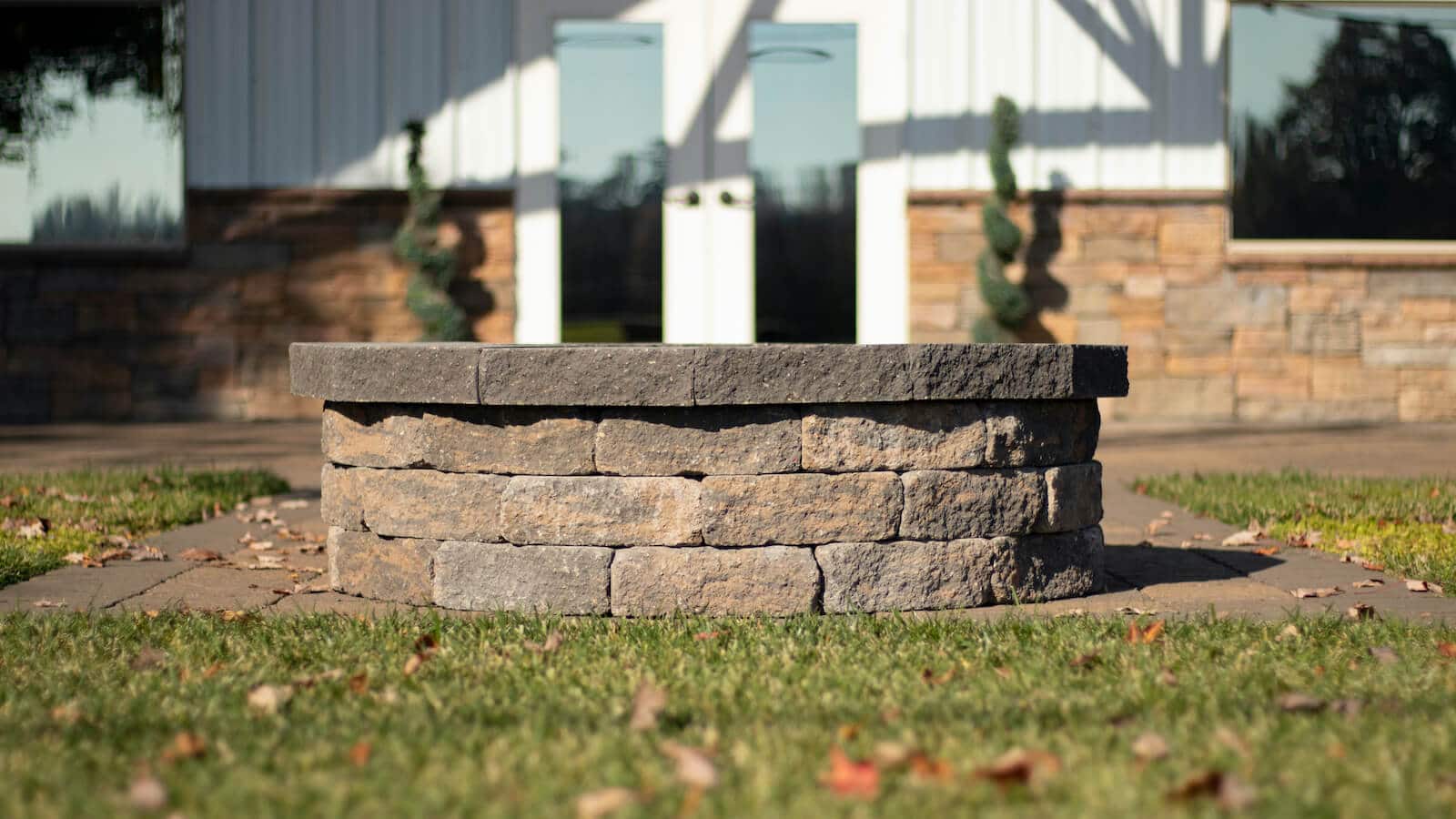
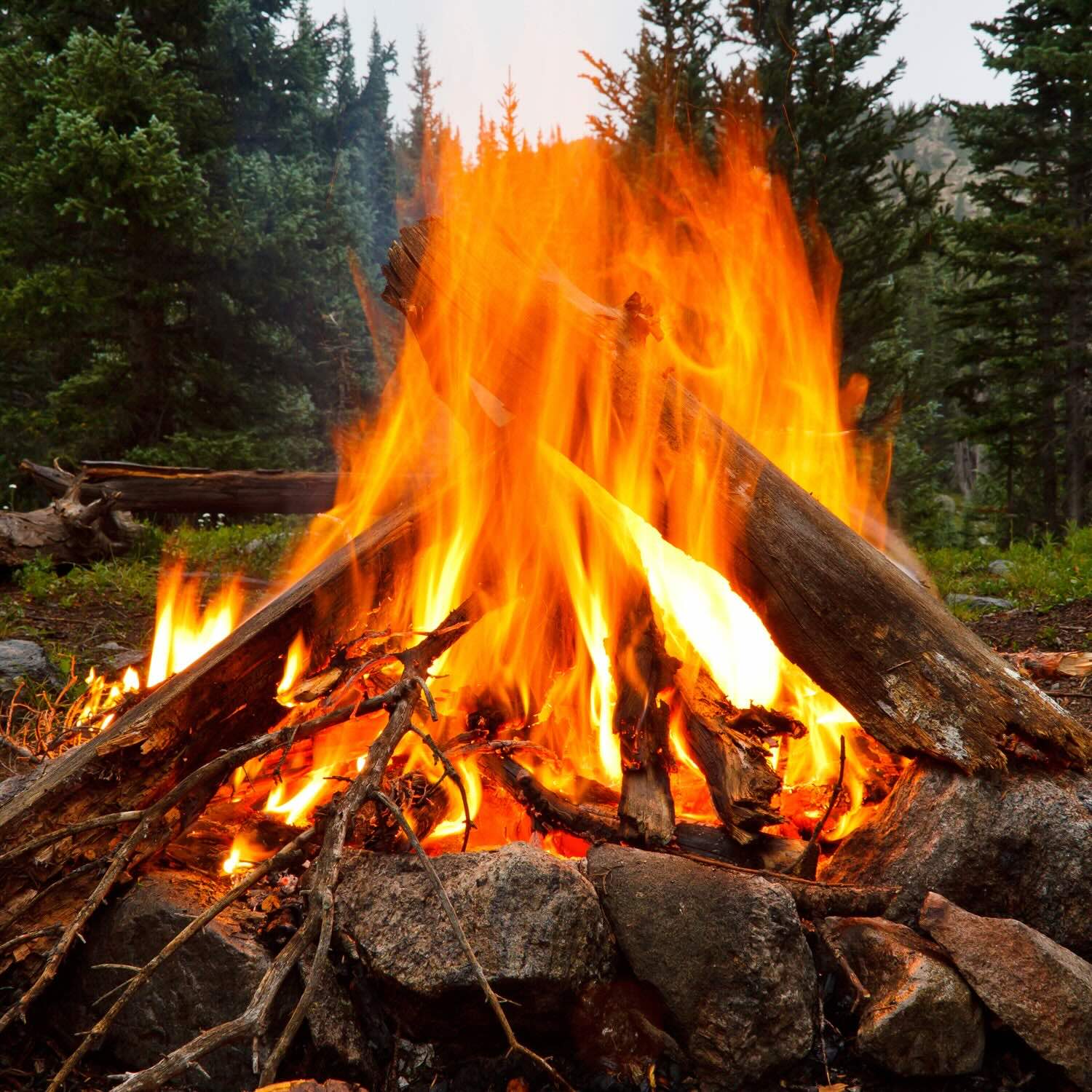
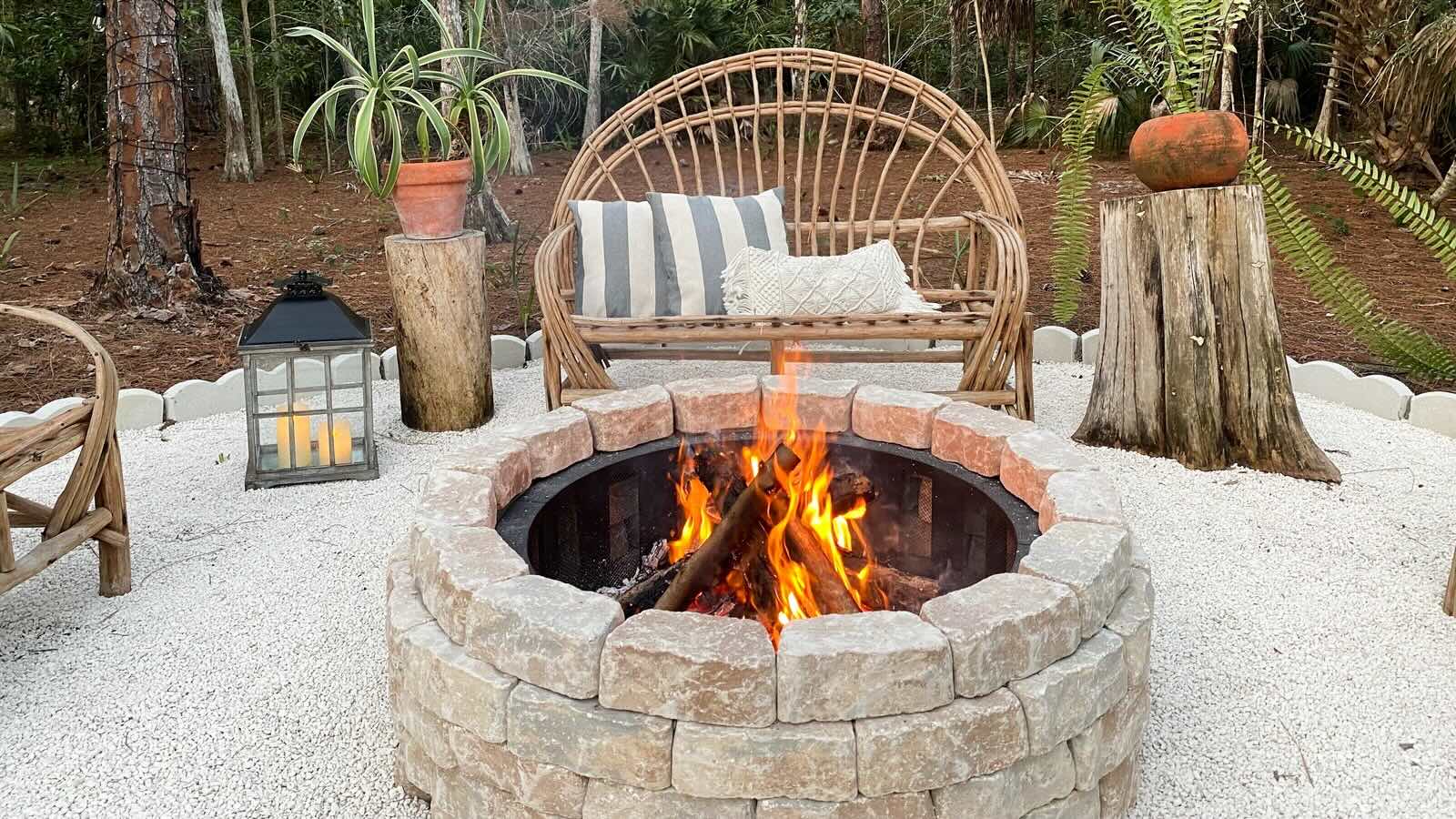
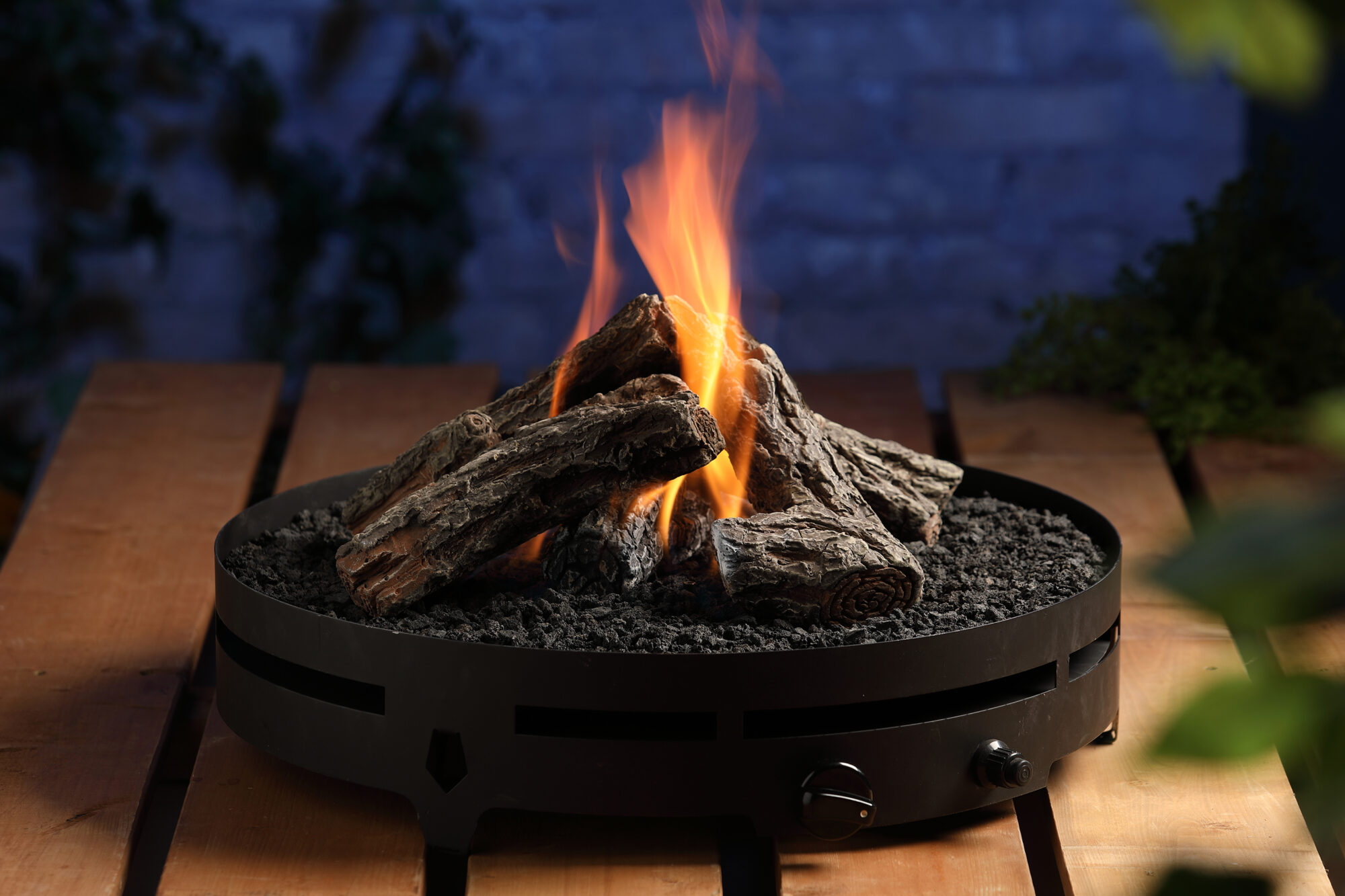
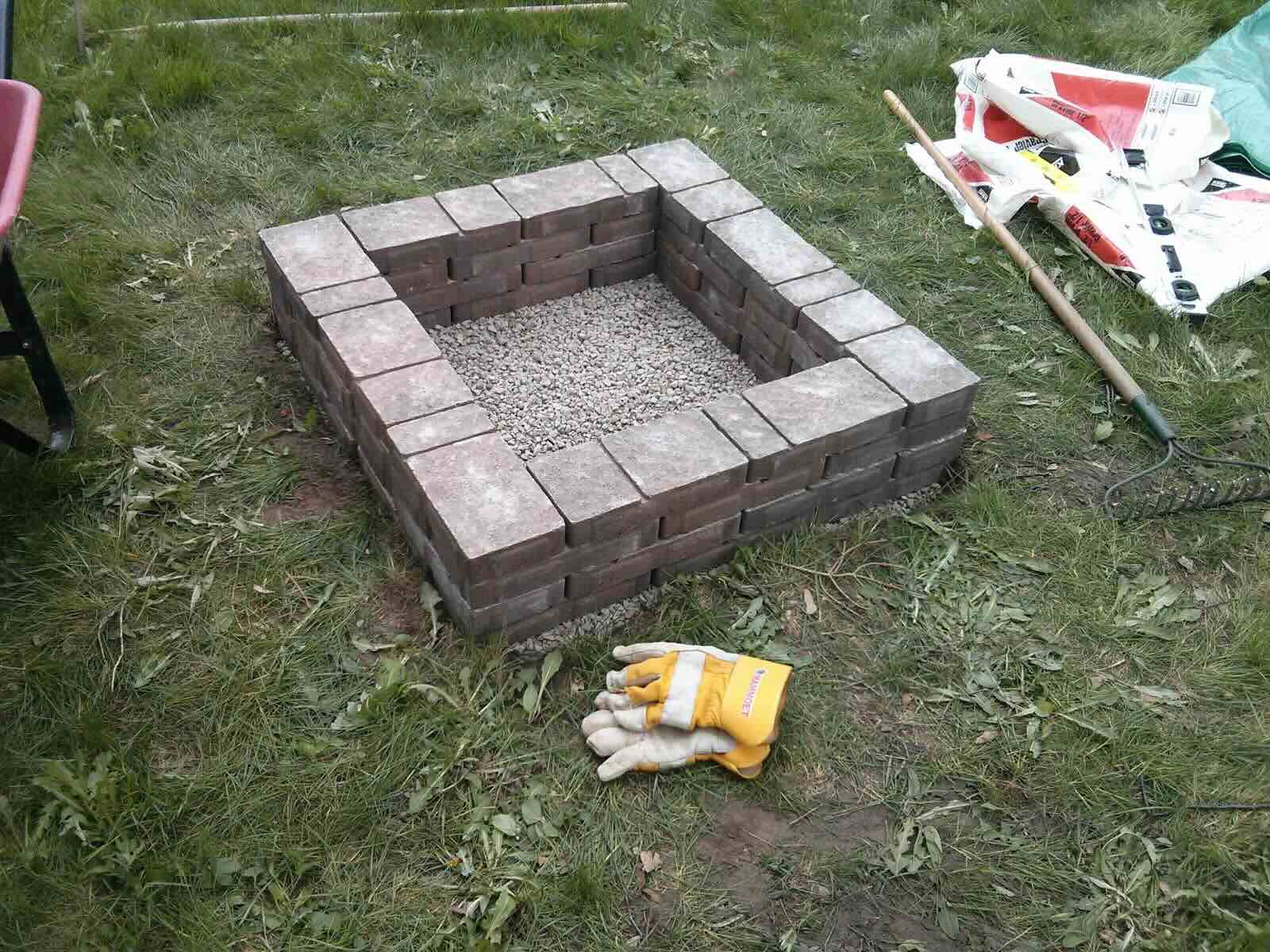
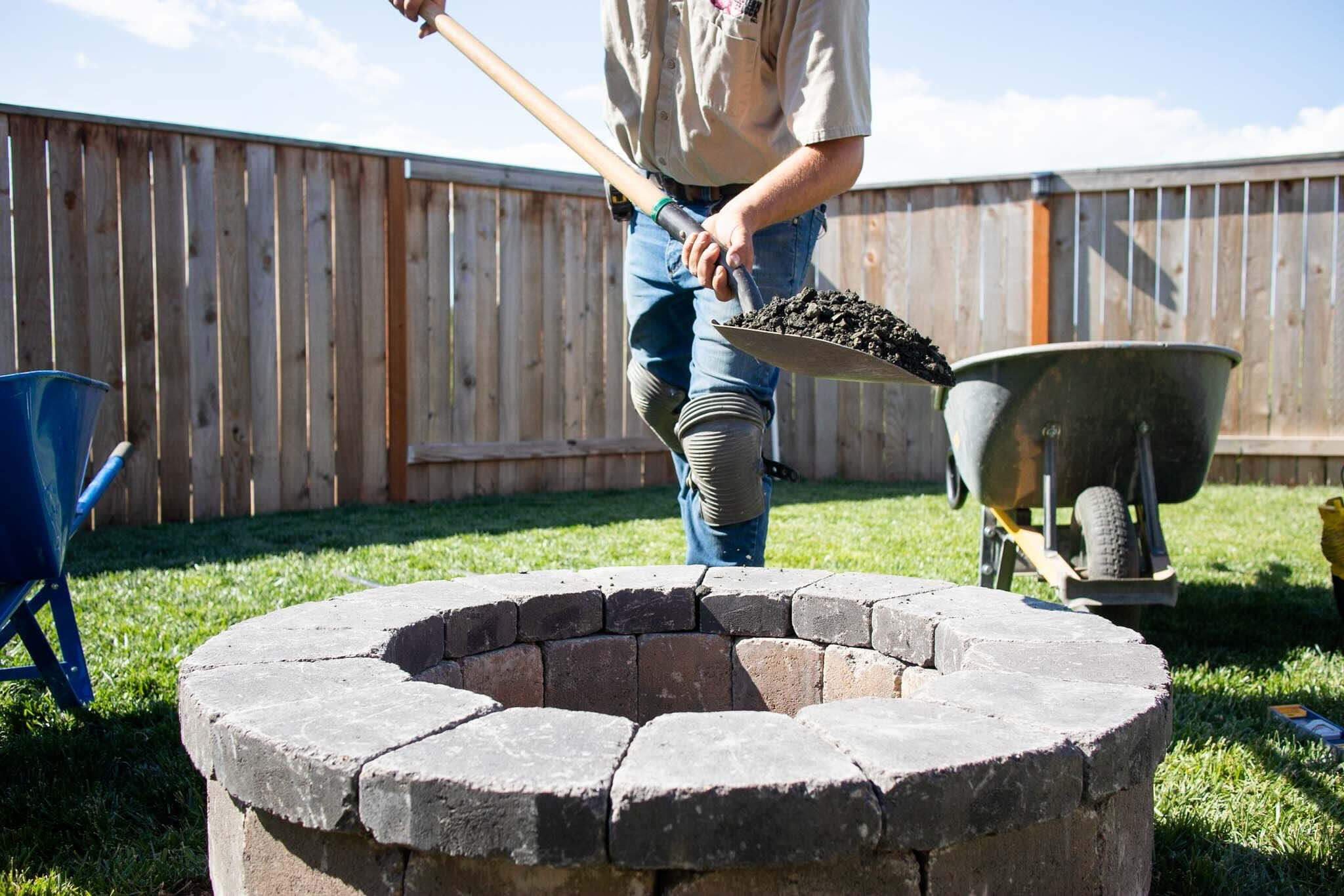
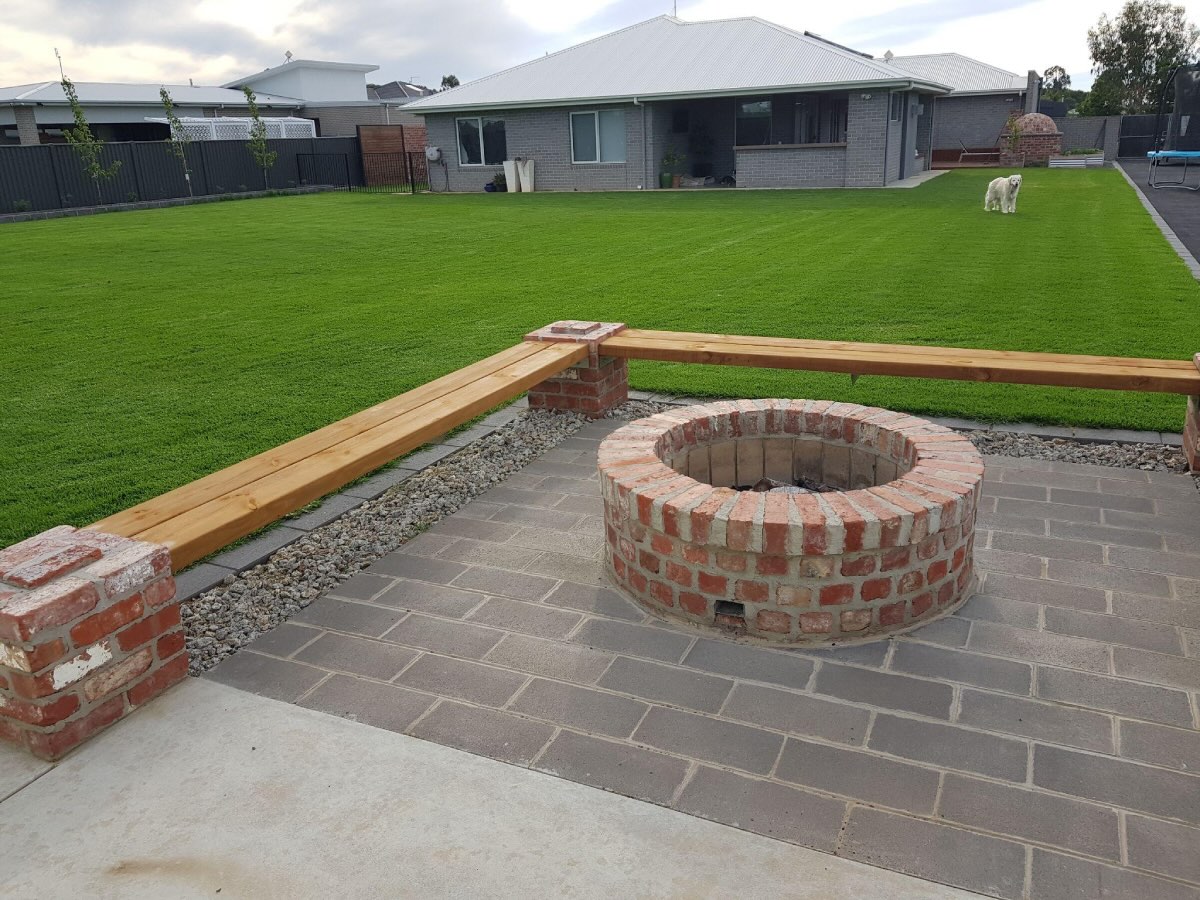
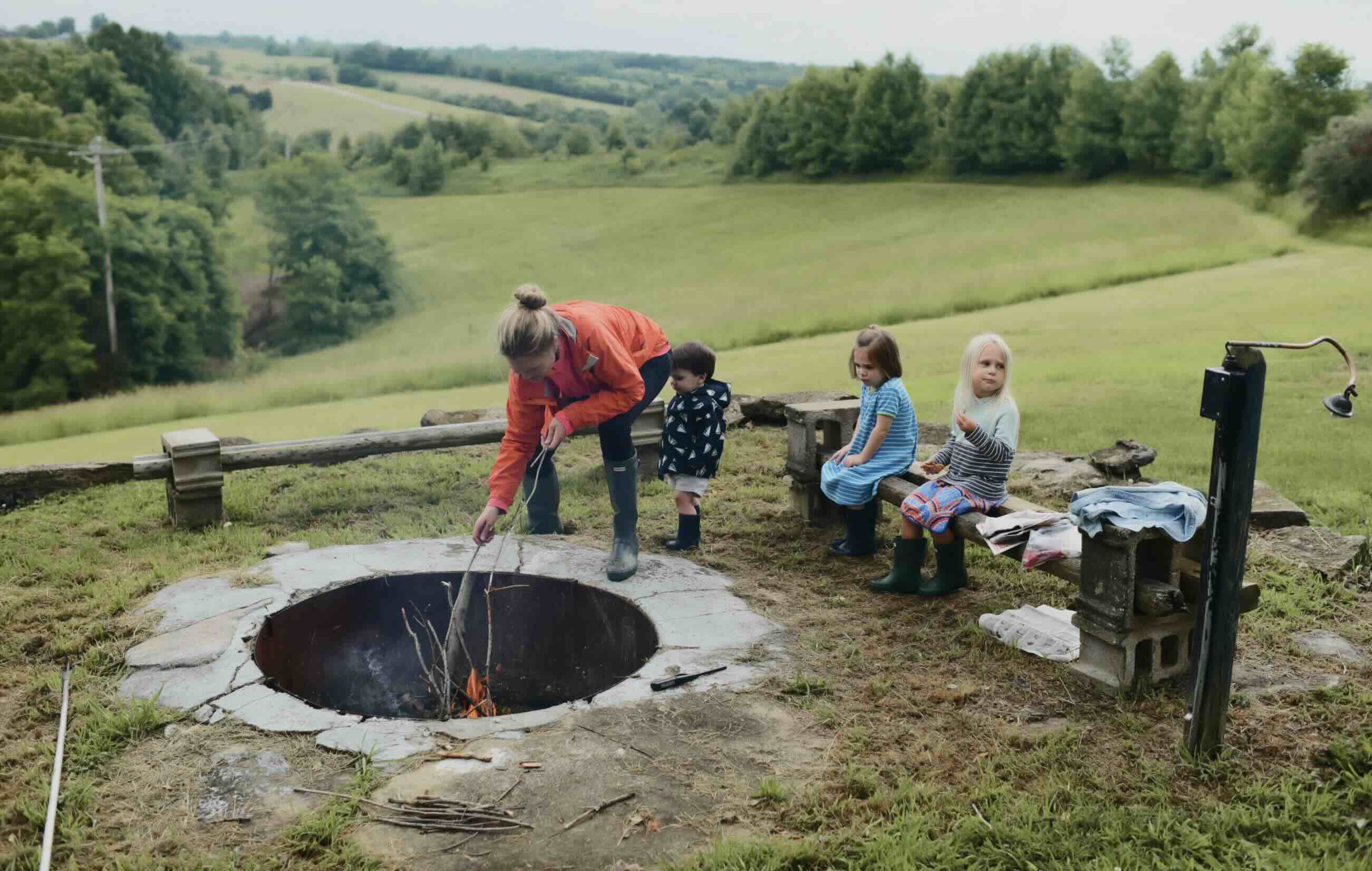
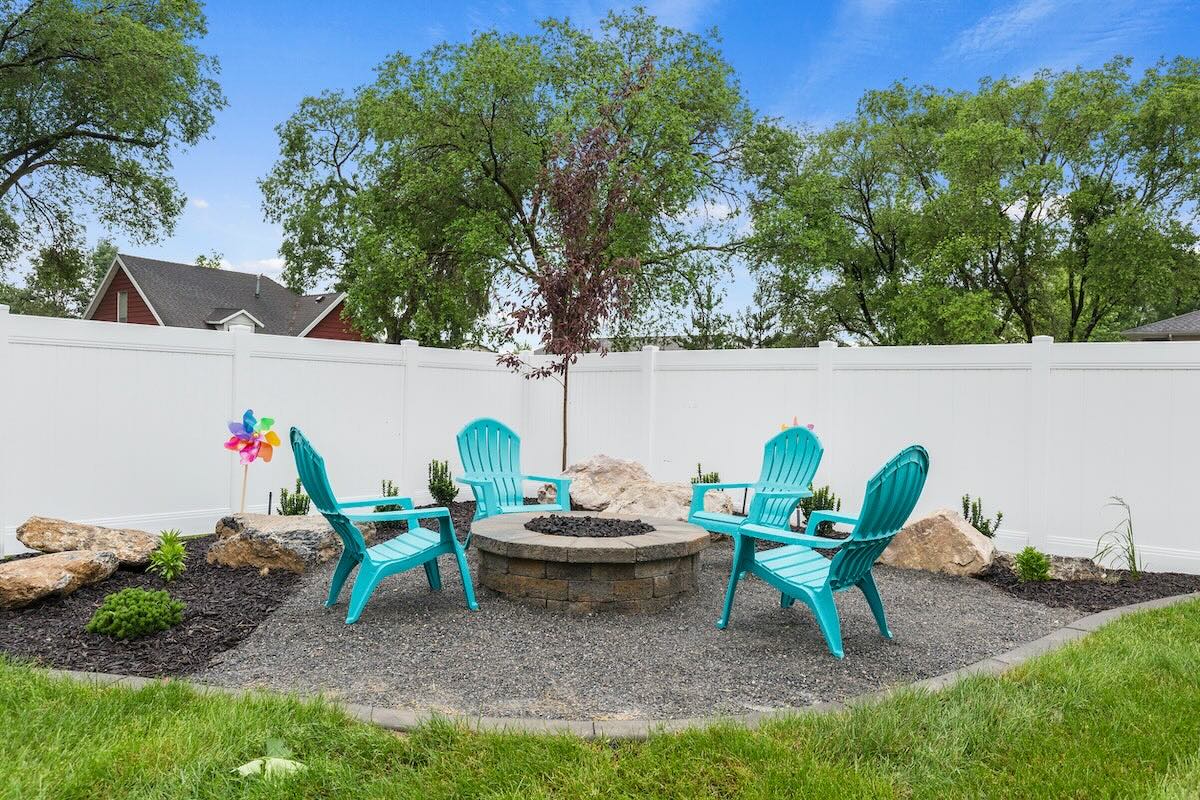
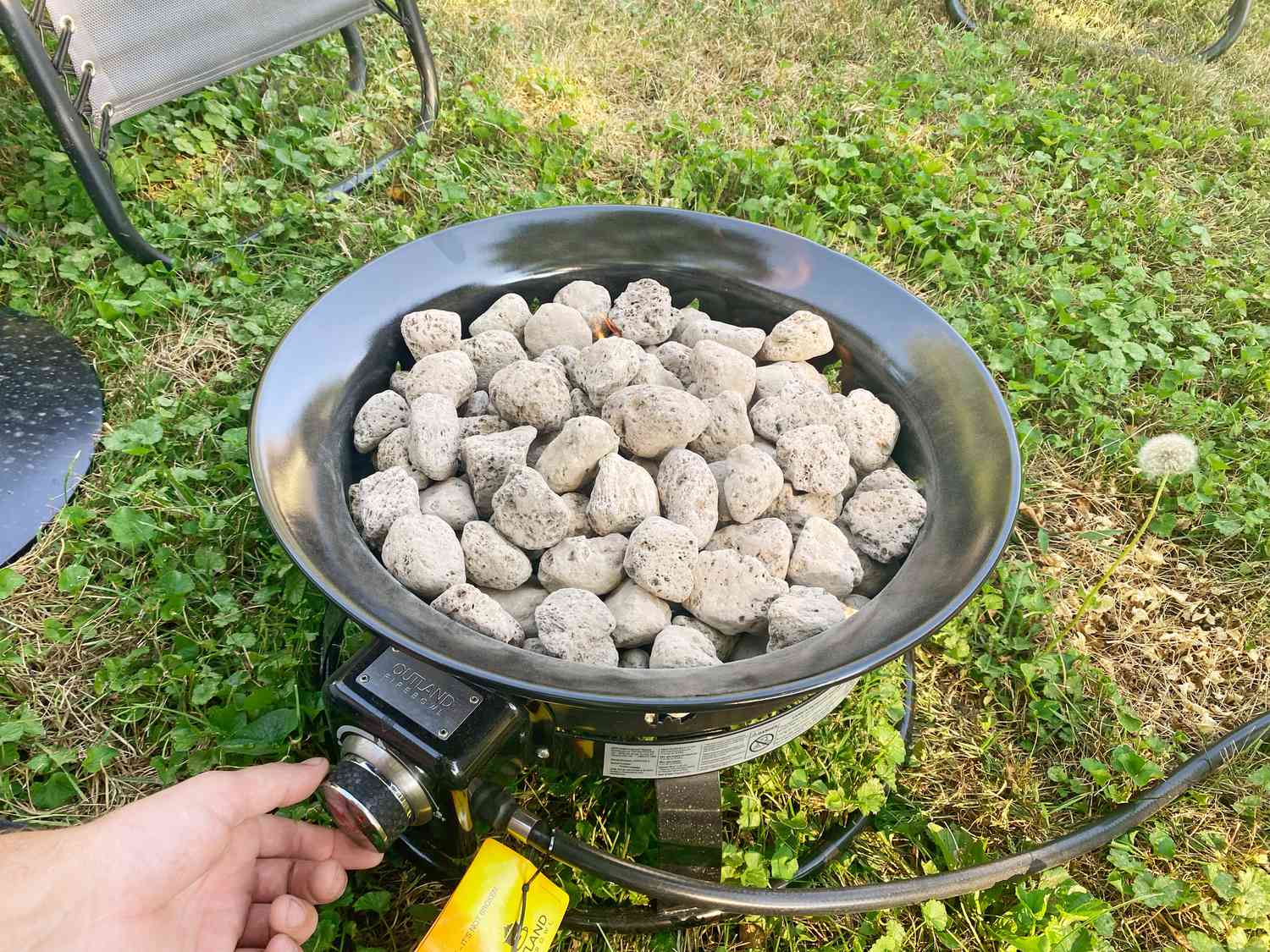
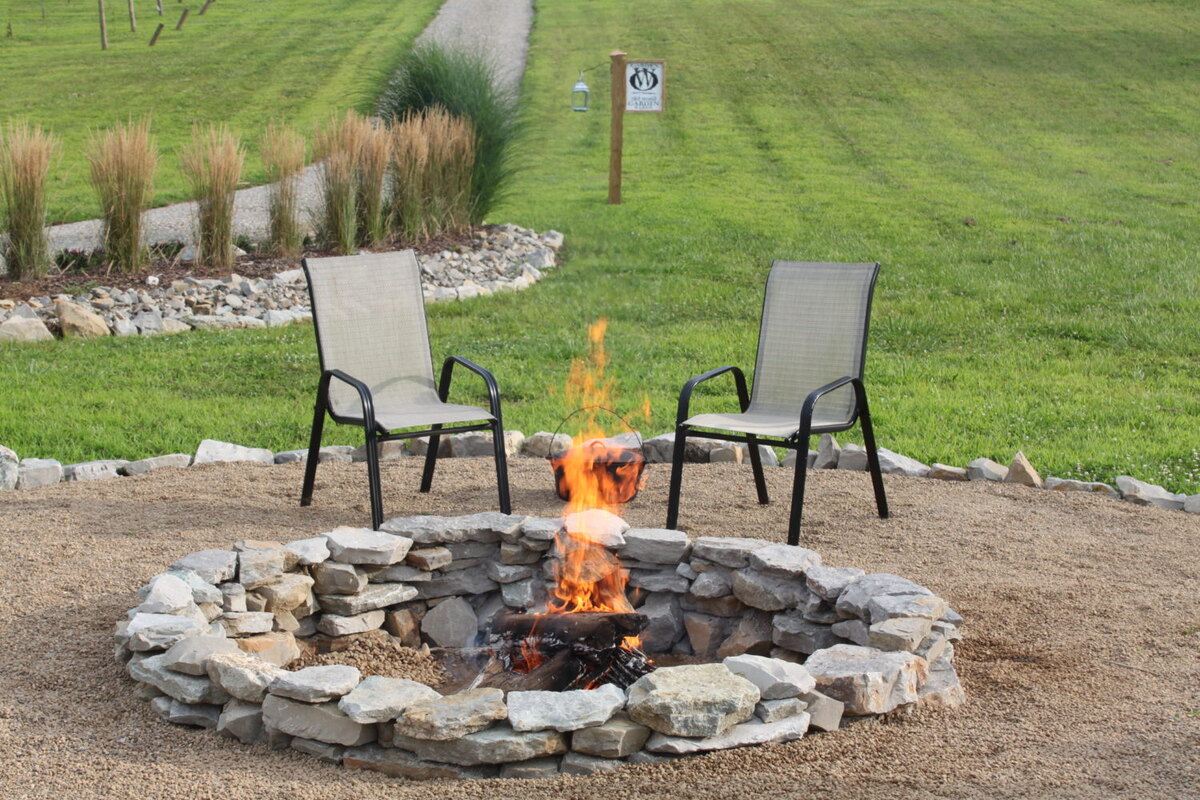
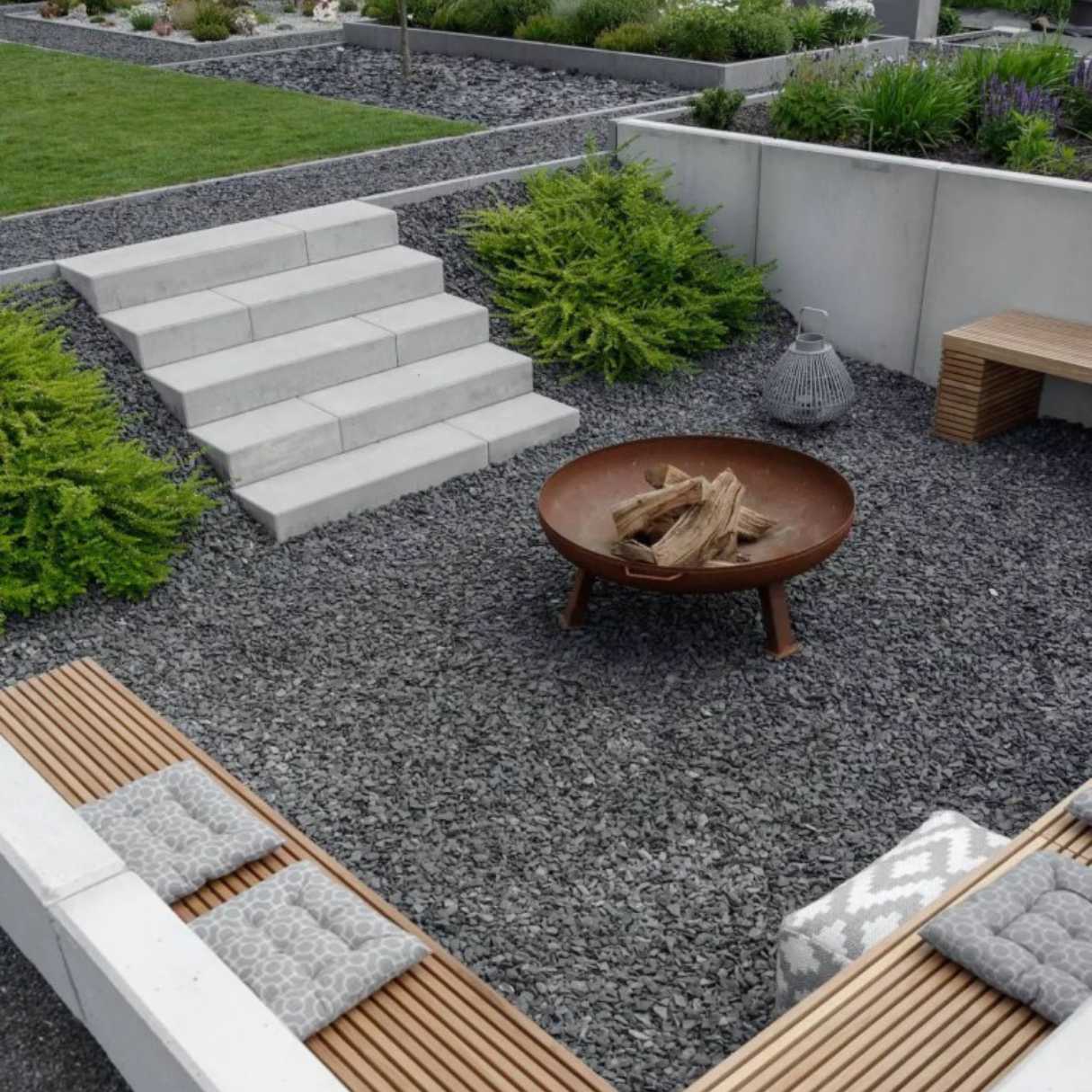
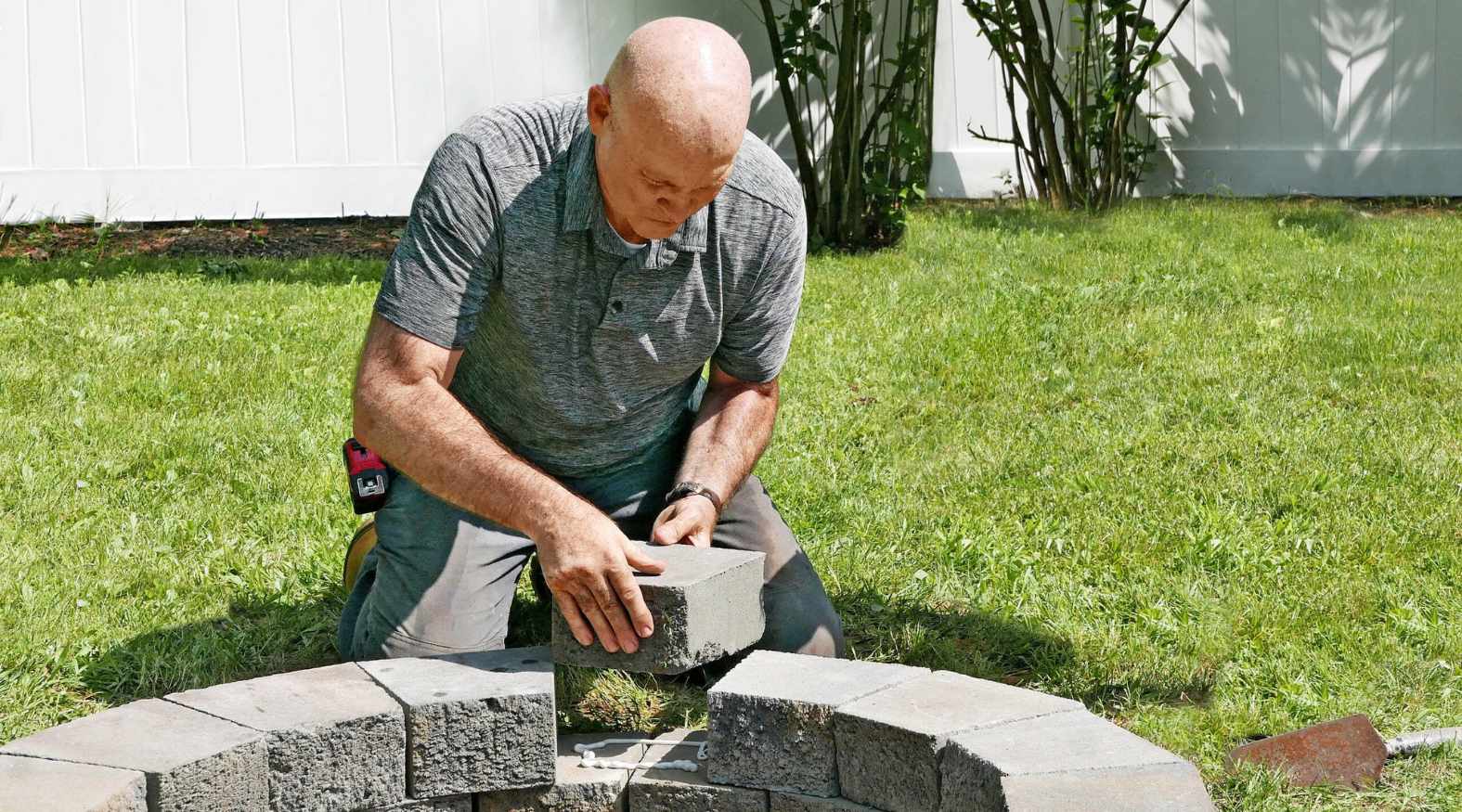
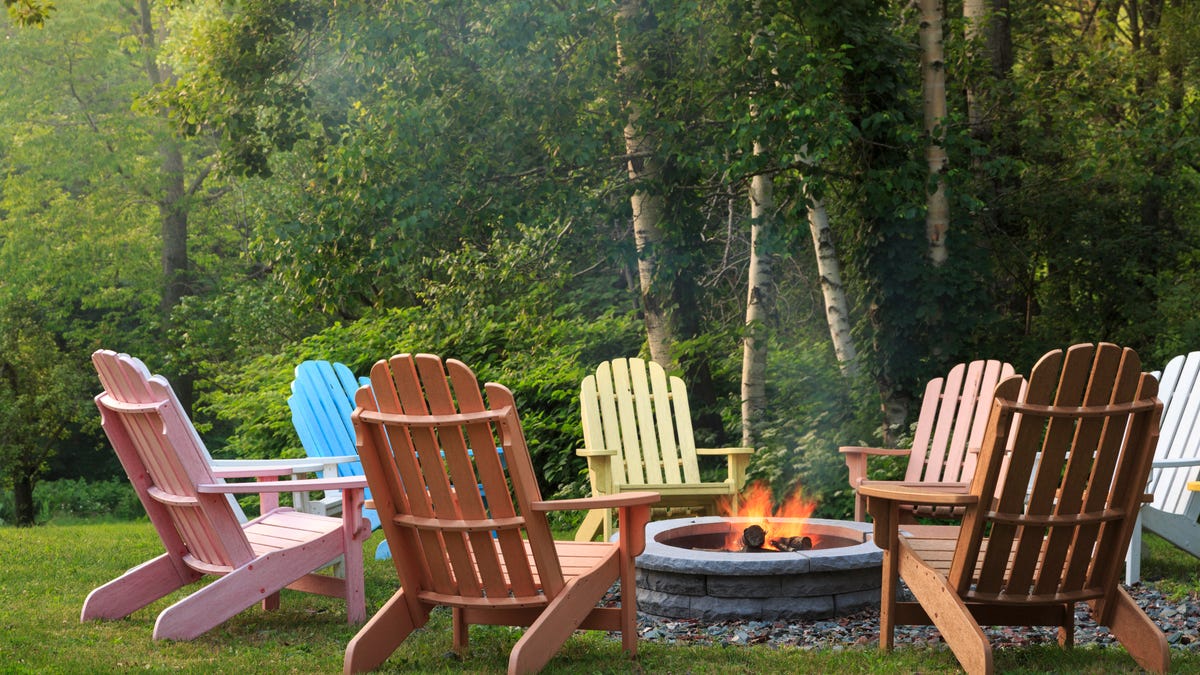

0 thoughts on “How To Build A Fire Pit For Burning Leaves”